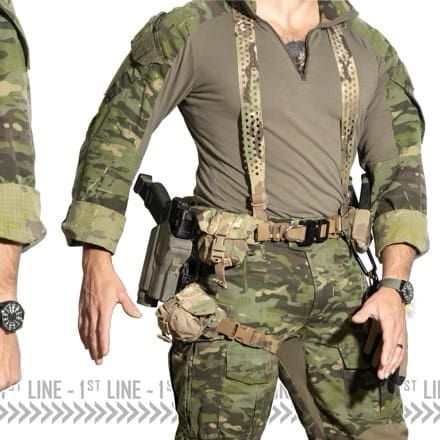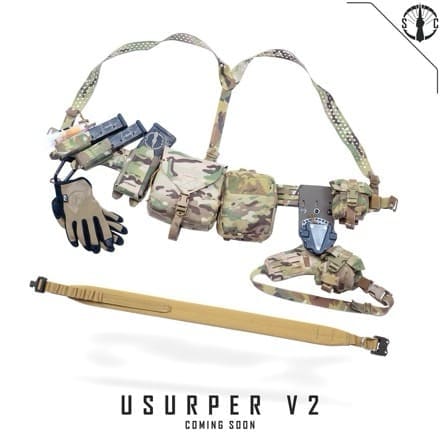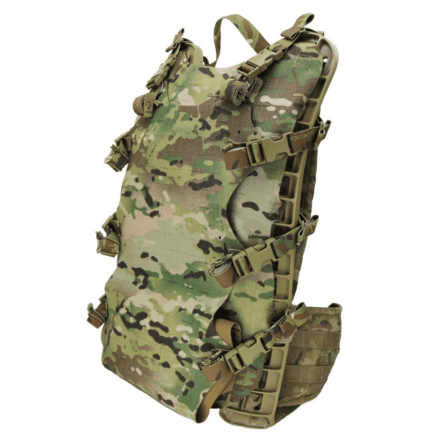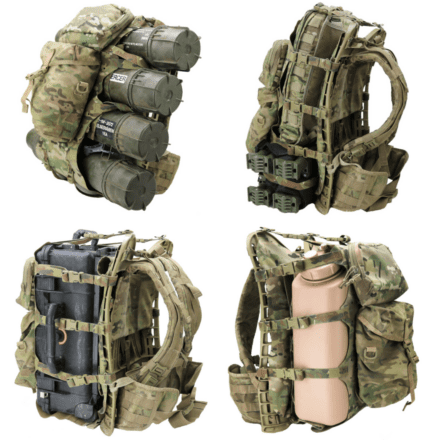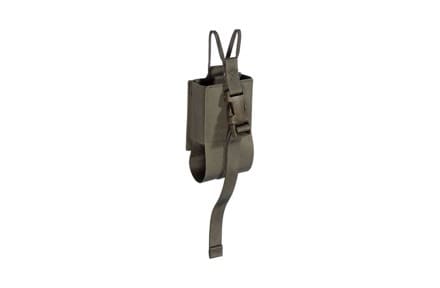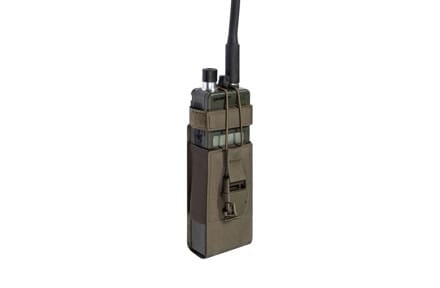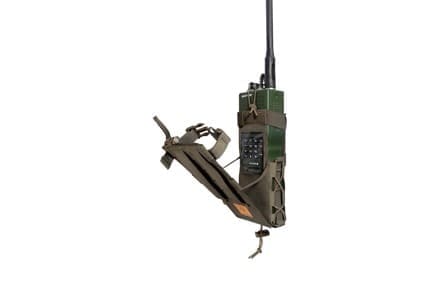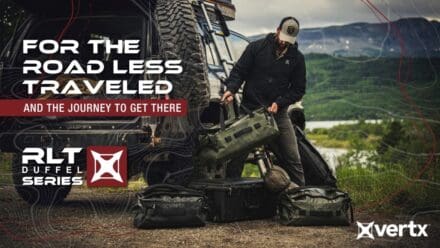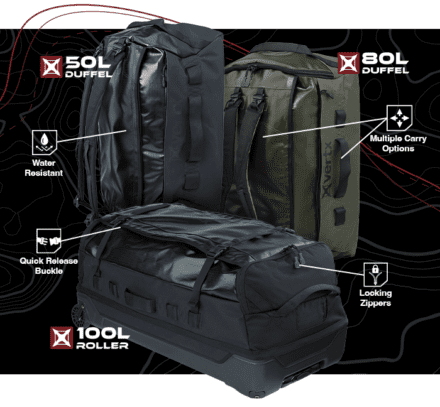SWANSBORO, N.C. – August 29, 2024 – High Speed Gear adds to their newest line of products, the GEN 2 Large Radio TACO. As with all HSG products, it is made in the USA, Berry Compliant, and backed by a Lifetime Warranty. This innovative product represents the latest advancement in HSG’s ongoing commitment to delivering superior gear for military and law enforcement professionals.
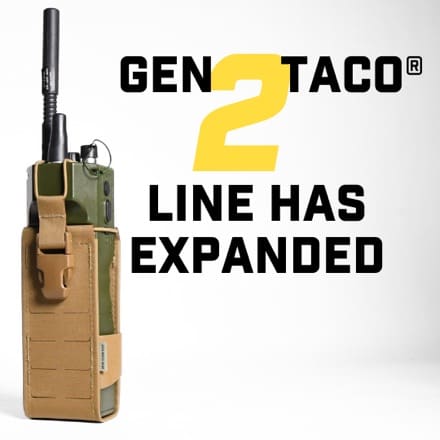
The GEN 2 Large Radio TACO is designed to be sleeker, lighter, and more versatile than its predecessor. Weighing nearly 20% less, it offers enhanced functionality while maintaining the robust durability that High Speed Gear is known for. Key features include 1/2 inch interval MOLLE on the front and back, providing both MOLLE and belt mounting options, and allowing for the attachment of additional pouches (2 HSGI MOLLE clips included). As well as adjustable shock cord retention at the top and sides.
This large-sized Radio TACO securely accommodates U.S. military radios, including the PRC-148, PRC-152, PRC-163, and MPU5, ensuring quick and easy insertion and removal with adjustable retention for optimal security. The top retention strap, equipped with a side-release buckle, adds an extra layer of protection, keeping the radio firmly in place during the most demanding operations.
“Strong lines of communication with our active duty testers allowed us to cut through the static and create a simple, yet versatile pouch with the bandwidth to support most common military radios.,” said Daniel Chaney, Senior Designer at High Speed Gear.
Specifications:
• SKU: 24RD02XX
• Dimensions: 7.25” x 4.5” x 1”
• Weight: 3.3oz/95g/0.21lbs
A list of GEN 2 TACO variations also offered by High Speed Gear:
• GEN 2 Double Handcuff TACO
• GEN 2 Handcuff TACO
• GEN 2 Rifle TACO
• GEN 2 X2R TACO
• GEN 2 Double Decker TACO
• GEN 2 Extended Pistol TACO
• GEN 2 Pistol TACO
• GEN 2 Double Pistol TACO
GEN 2 TACO Line over the top retention accessories:
• OTR Bungee Kit
• OTR Cover
The GEN 2 Large Radio TACO is now available for purchase through authorized dealers and the High Speed Gear website. For more information about this product and other High Speed Gear offerings, visit www.highspeedgear.com/gen-2-radio-taco.


